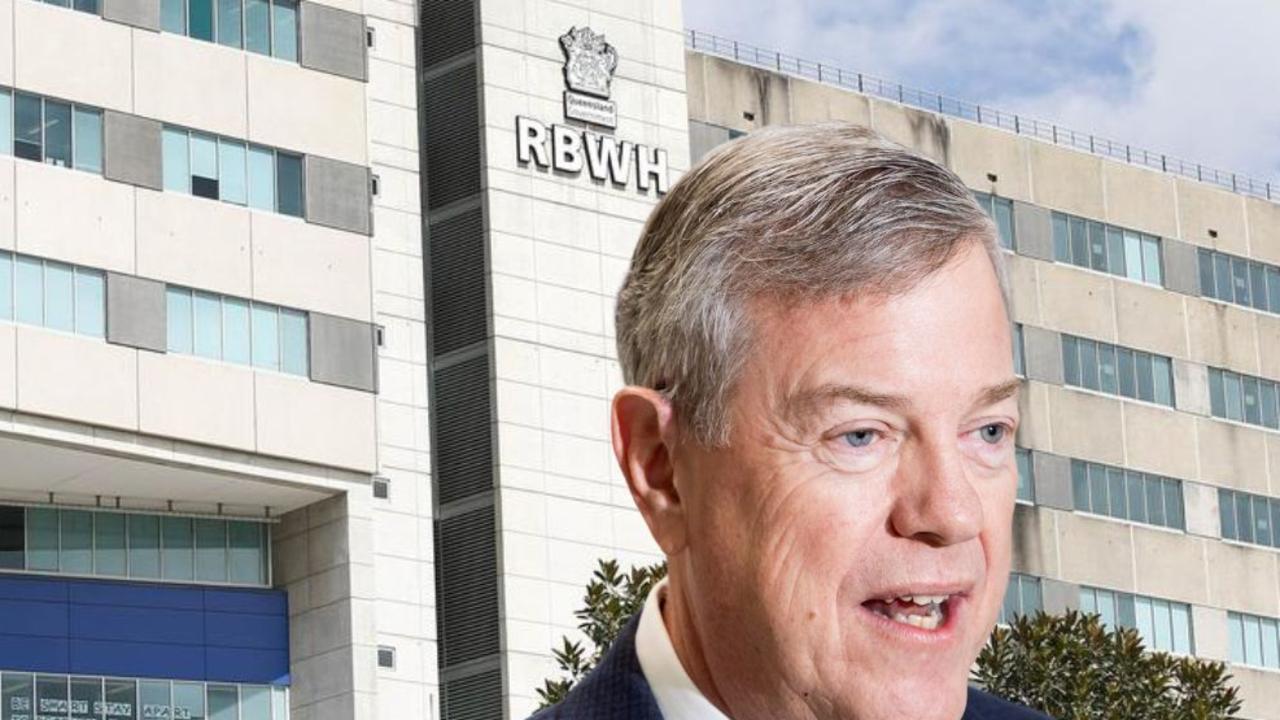Resident plan to protect St Lucia’s last tall trees rejected
A plan to identify the last great trees standing in a once-leafy inner Brisbane suburb have been dealt a blow.
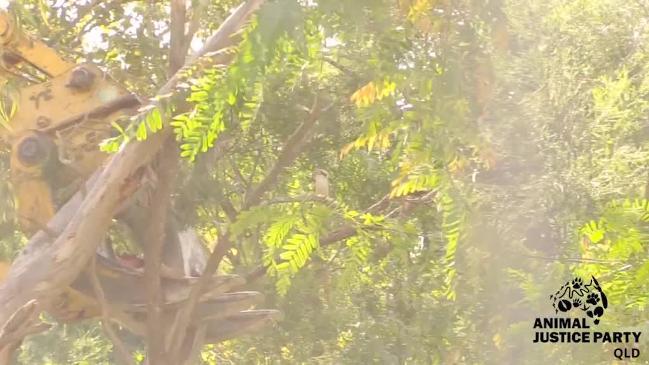
Local
Don't miss out on the headlines from Local. Followed categories will be added to My News.
St Lucia residents are back to square one after a push to identify the last remaining significant trees in their suburb was rejected by Brisbane City Council.
It comes after more than 100 huge trees were felled in recent years, including trees on the boundaries of properties that locals say could have been saved.
Only last week two huge camphor laurels on Glen Rd in nearby Toowong were felled.
Although a declared pest species, the trees famously line Laurel Ave in Chelmer, one of Brisbane’s most exclusive addresses.
St Lucia and parts of Toowong and Taringa have been on Brisbane’s frontline for block splitting in recent years, putting pressure on established trees.
St Lucia Community Association recently floated a plan for a Council strategic review of the suburb’s significant vegetation, both native and exotic.
But SLCA secretary John Brannock said they were dismayed to learn Council last week refused its request.
“The BCC letter (to SLCA) states “Council is not in a position to undertake a strategic review of vegetation in St Lucia at this time and feels that the existing opportunities that residents and other community members have to nominate vegetation for protection are effective in identifying significant vegetation in the city’,” Prof Brannock said.
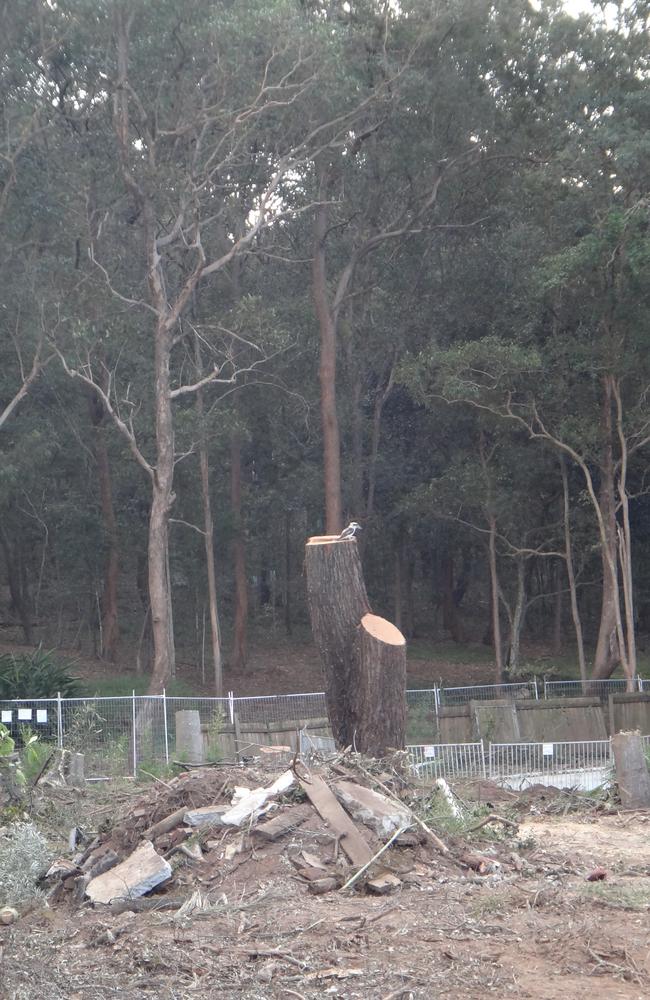
“This refusal is despite Council currently undertaking such a review of significant landscape trees, as part of the Nathan Salisbury Moorooka neighbourhood plan,
“Many SLCA members have nominated significant trees in St Lucia, which seems to make little difference as developers still clear-fell sites with little or no Council intervention.’’
Civic Cabinet Environment Chair, Tracy Davis, said it was “commendable’’ SLCA wanted to protect trees in its area.
“So do we and that’s why we have a range of mechanisms to help ensure this happens,’’ she said.
“One of the ways we do this is through vegetation protection orders, which gives residents the ability to nominate trees in their neighbourhoods that need to be retained.
“Also, vegetation removal as part of a development application must meet site-specific standards or it is denied by our independent planning officers.
“For example, if removing trees fails to retain the leafy character of a neighbourhood or adversely affects native wildlife, it can be refused to ensure the vegetation is preserved and protected.’’
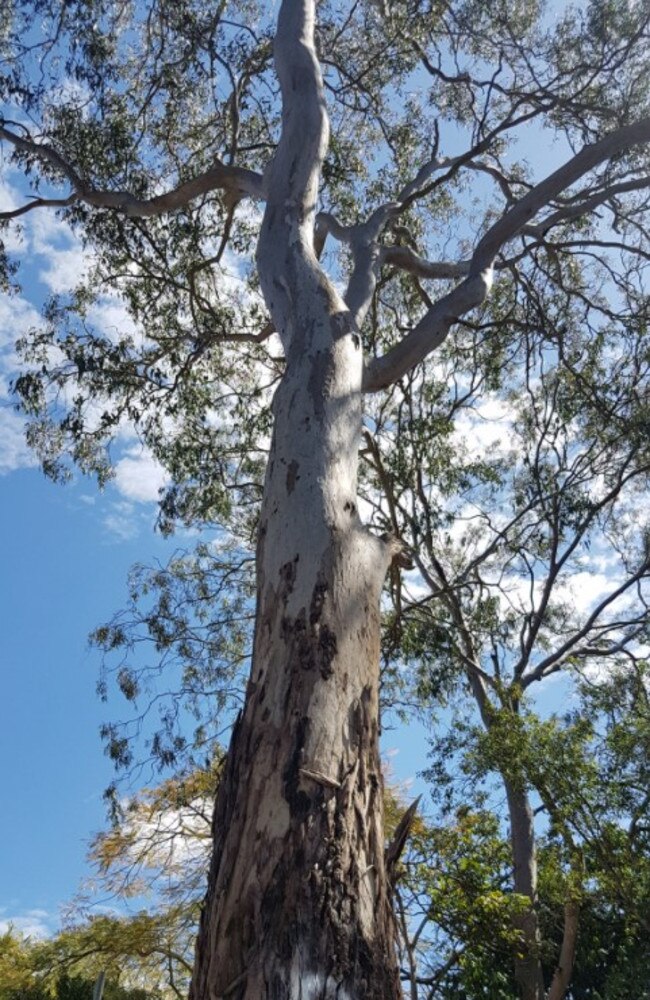
Prof Brannock said because of the “wholesale destruction of sites and consequent loss or displacement of wildlife’’, residents had been individually submitting requests for Vegetation
Protection Orders to try to ensure significant vegetation was retained.
“However, we are still witnessing whole residential blocks being denuded without any consideration to tree retention whatsoever,’’ he said.
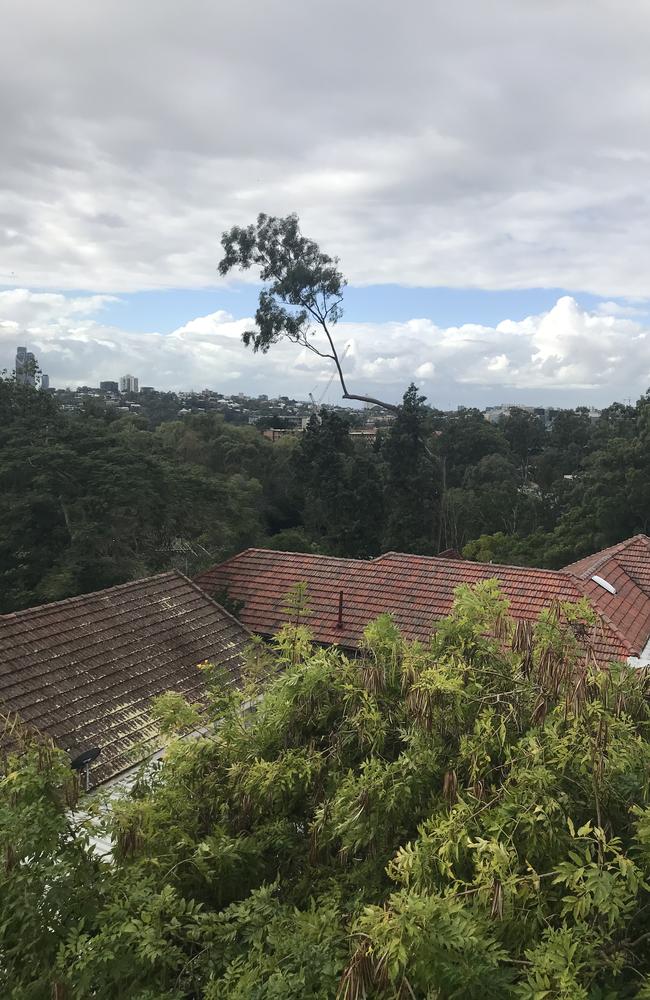
Local state Greens MP, Michael Berkman, said he had repeatedly raised the issue of vegetation protection reforms with Council.
“Like the SLCA, I’ve repeatedly raised the urgent issue of vegetation protection reforms with Council, and we’ve been repeatedly stonewalled,’’ he said.
“We have planning laws written to maximise developer profit and a Council that refuses to act, and local residents and wildlife are bearing the consequence.
“It’s clear our vegetation protection laws aren’t working - in high growth areas like St Lucia, these trees aren’t being identified until the bulldozers roll in and it’s already too late.
“Council should proactively identify and protect significant neighbourhood trees and urban bushland, rather than relying on residents to apply for individual VPOs.
“Applying for a VPO is a cumbersome process and even successful VPO applications can be overridden.
“To properly protect our valuable urban ecosystems we’d also need to overhaul our Planning Laws, starting by amending Council’s Natural Assets Local Law, which allow Development Applications to overrule a VPO.
“Particularly in a warming climate, we desperately need better vegetation protection laws to protect trees that filter air pollution and sunlight, sequester carbon, cool the city and provide valuable habitat for animals.”
Prof Brannock said since there were many trees in St Lucia which qualified for protection, and Council said it wished to retain them, it would be more efficient and effective if a strategic review was undertaken.
“As a community, we value the vegetation that we are still fortunate to have and this is one of the many reasons why people live here,’’ he said.
“More importantly, this vegetation is the home of our wildlife and the detrimental impact on these animals when vegetation is cleared is well understood and should not be understated.’’
More Coverage
Originally published as Resident plan to protect St Lucia’s last tall trees rejected




